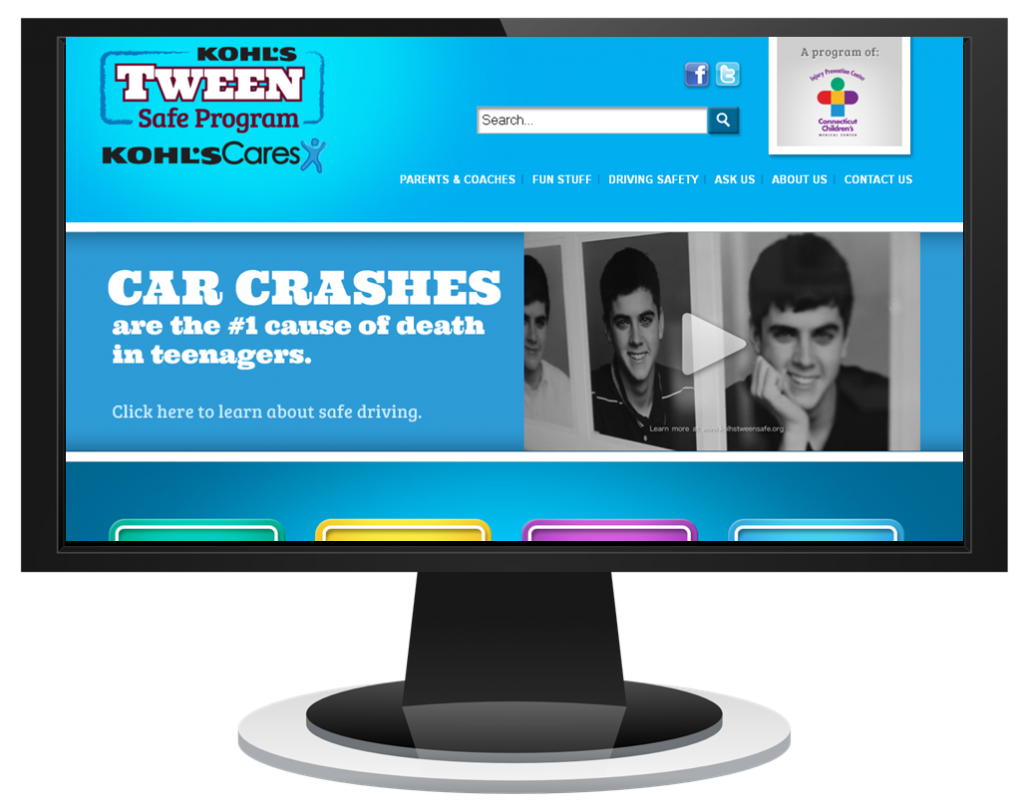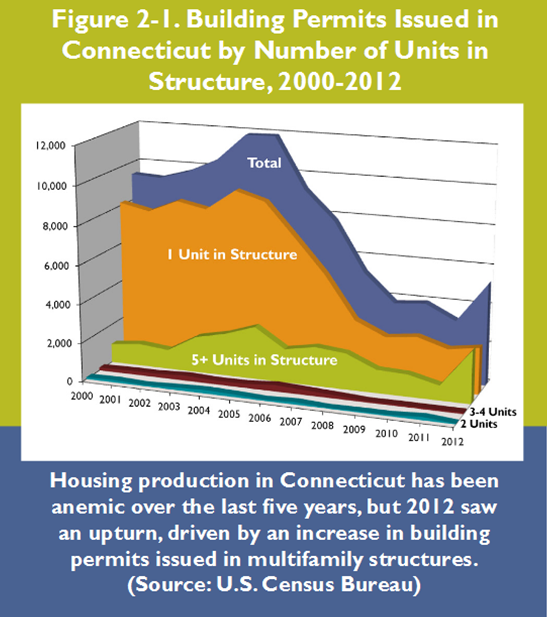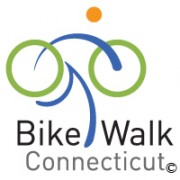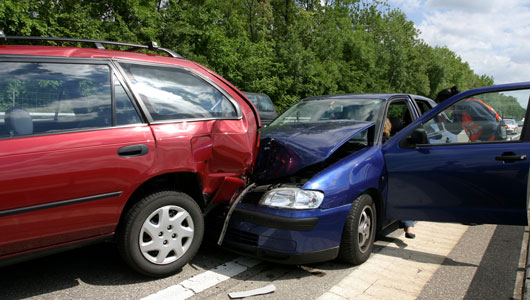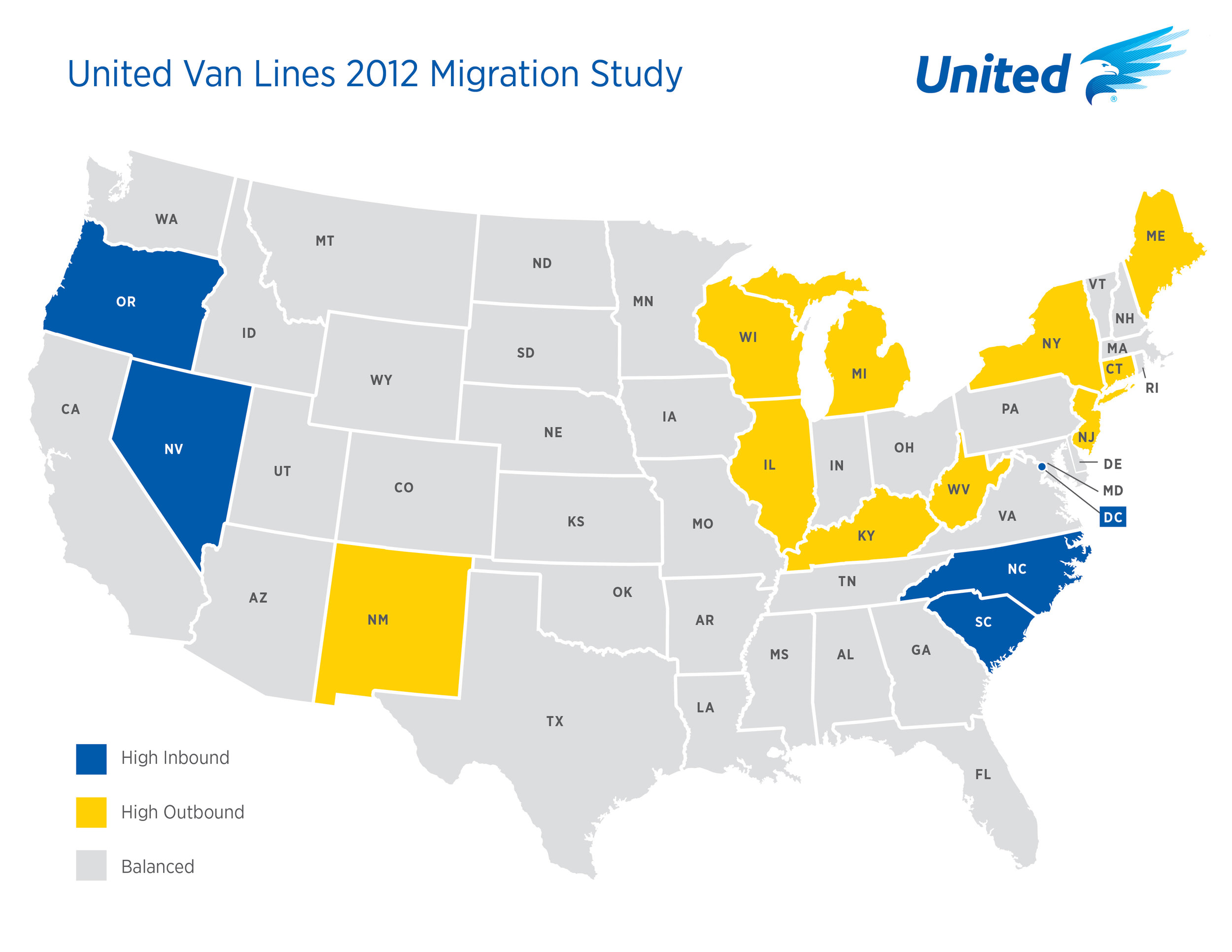Dangers of Distracted Driving Attract Renewed Attention; Responses Pending, Urged
/
There was a time when smoking was permitted in restaurants, when seat belt use was not mandatory, when children were not required to wear helmets when bike riding. Then the science of safety interceded, and state lawmakers – in Connecticut and elsewhere - took notice. The convenience of technology, however, may be another matter.
Writing in The Hartford Courant this week, teen driving safety advocate Tim Hollister, who was a member of the Governor’s Safe Teen Driving Task Force in 2007-8 and publishes a national blog for parents of teen drivers, called for a ban on the use of electronic devices while driving, citing increasing evidence of the dangers of distracted driving. And a new study by a Texas university concluded that voice-to-text is as dangerous and traditional typed texting.
Hollister points out that six leading public health and traffic safety organizations (World Health Organization, National Transportation Safety Council, Insurance Institute for Highway Safety, and the Governor’s Highway Safety Association) “now agree that hands-free cellphone use is just as dangerous as hand-held. Both cause cognitive blindness.”
With the addition of a new law passed in Hawaii last week, 40 states, the District of Columbia, the Virgin Islands and Guam have banned text messaging for all drivers using hand-held devices. Hawaii becomes just the 11th state (including Connecticut, as well as the District of Columbia, Puerto Rico, Guam and the Virgin Islands) to prohibit all drivers from using handheld cell phones while driving.
Not a single state prohibits hands-free dialing, and neither state nor federal action appears on the horizon. In fact, just the opposite is true.
Even as evidence of hazards grows, so do the range of electronic options. Ford is one of a number of companies aggressively marketing electronic devices that offer more in-car options. The company’s voice activated Sync technology, available beginning with 2012 models, includes hands-free calling, 411 business search, audible text messaging, and internet connectivity. Hollister points out that “on tv and the internet, advertisements tout devices that enable texting by allowing drivers to attach their cellphones to the windshield so the screen is aligned with their view of the road.”
Connecticut Action Pending
Two bills that offer responses to certain aspects of distracted driving are now progressing through the Connecticut General Assembly, which adjourns on Wednesday, June 5. The Associated Press reported that the House of Representatives voted 139-1 last week to add distracted driving to the list of moving violations that would be made available to insurance compani es. Currently, if someone disobeys the state's distracted driving law, they pay a fine and their insurer does not know about it. The bill also increases fines and creates a task force to study distracted driving prevention. The legislation now moves to the Senate.
es. Currently, if someone disobeys the state's distracted driving law, they pay a fine and their insurer does not know about it. The bill also increases fines and creates a task force to study distracted driving prevention. The legislation now moves to the Senate.
The Senate unanimously passed a bill establishing a fine of up to $1,000 for a motorist who "fails to exercise reasonable care on a public way" and seriously injures or causes the death of so-called vulnerable users, such as a bicyclists. The bill now moves to the House, the AP reported.
Federal Guidelines
The dangers of technology-enabled distracted driving are so insidious – and increasing so rapidly – that the federal government has launched a website, www.distraction.gov, solely devoted to educating the public about the severe risks of distracted driving. Among the statistics cited:
- Driving while using a cell phone reduces the amount of brain activity associated with driving by 37%. (Carnegie Mellon)
- Text messaging creates a crash risk 23 times worse than driving while not distracted. (VTTI)
- Sending or receiving a text takes a driver's eyes from the road for an average of 4.6 seconds, the equivalent-at 55 mph-of driving the length of an entire football field, blind. Headset cell phone use is not substantially safer than hand-held use. (VTTI)
- In 2011, 3,331 people were killed in crashes involving a distracted driver. An additional, 387,000 people were injured in motor vehicle crashes involving a distracted driver.
- 11% of all drivers under the age of 20 involved in fatal crashes were reported as distracted at the time of the crash. This age group has the largest proportion of drivers who were distracted.
- 40% of all American teens say they have been in a car when the driver used a cell phone in a way that put people in danger. (Pew)
A new study from the Texas Transportation Institute at Texas A&M University reveals that sending those messages using voice-to-text software is just as distracting as looking down at your phone and typing messages by hand.
Voluntary guidelines recently issued (April 2013) by the Department's National Highway Traffic Safety Administration (NHTSA), recommended specific criteria for electronic devices installed in vehicles at the time they are manufactured. The guidelines include recommendations to limit the time a driver must take his eyes off the road to perform any task to two seconds at a time and twelve seconds total. The guidelines also recommend disabling several operations unless the vehicle is stopped and in park, such as:
- Manual text entry for the purposes of text messaging and internet browsing;
- Video-based entertainment and communications like video phoning or video conferencing;
- Display of certain types of text, including text messages, web pages, social media content.
The department has also issued Blueprint for Ending Distracted Driving, a comprehensive plan on the subject. The use of all cellular phones while driving a school bus is prohibited in 14 states thus far, including Connecticut, and the District of Columbia. A federal proposal in 20ll that would have extended a ban on cell phone use – including hands-free – to all vehicles has not been enacted into law nationwide, or in any state.
The Washington Post reported 18 months ago that “Vehicles are being transformed into mobile communications centers, with cellphones, DVD players, access to Facebook and Twitter, Global Positioning System devices, and satellite radio.”
“Unfortunately, drivers are being encouraged to do everything but drive,” Jonathan Adkins, spokesman for the Governors Highway Safety Association, told the Post. “It’s a sign of the pressures of modern-day life to do 10 things at once. However, driving is a complex task, and our message continues to be that a singular focus is needed.”




